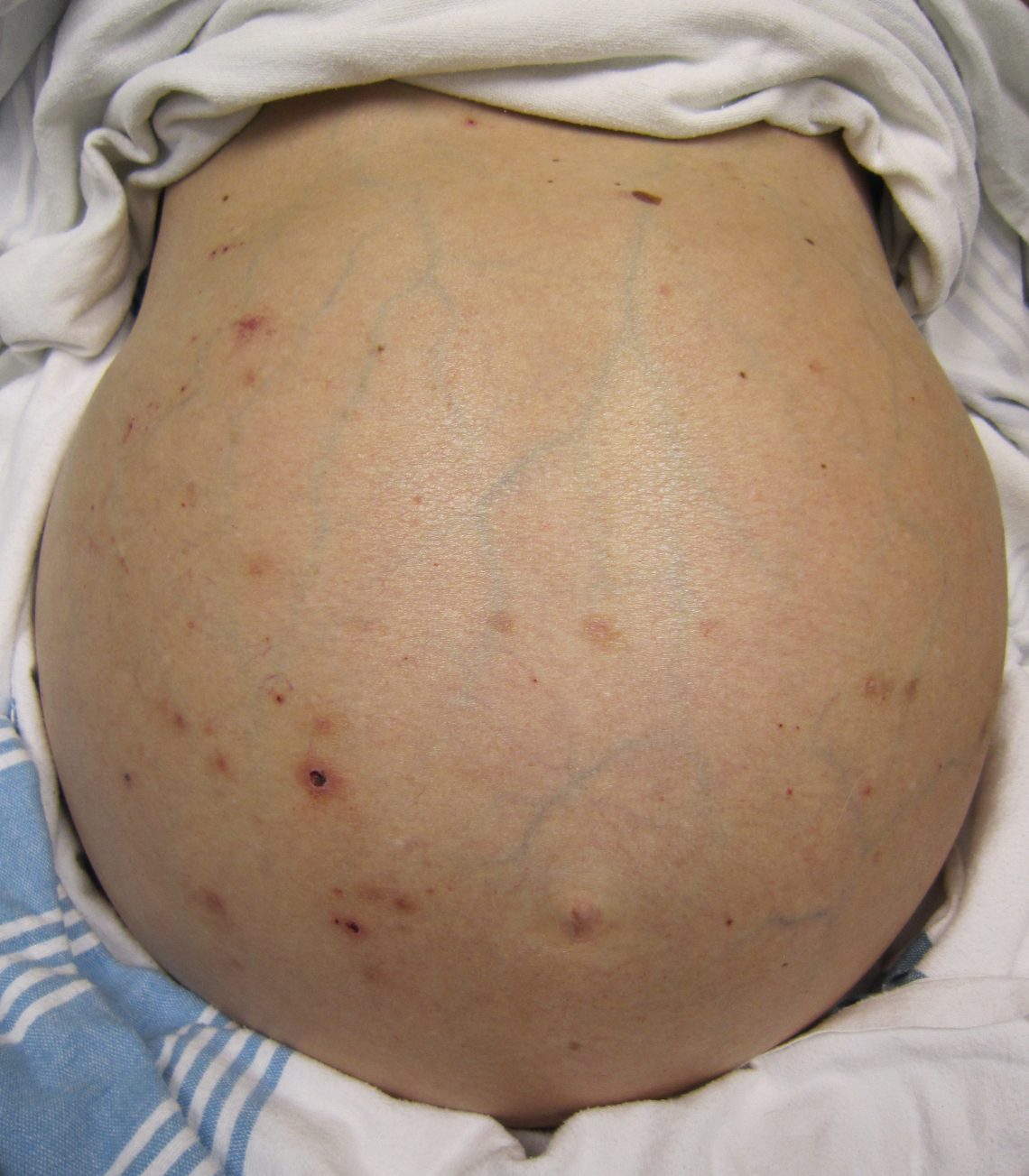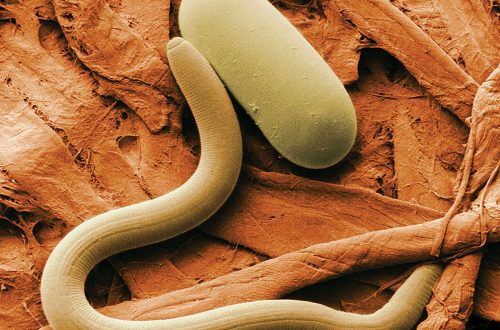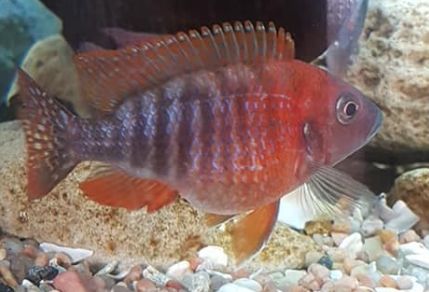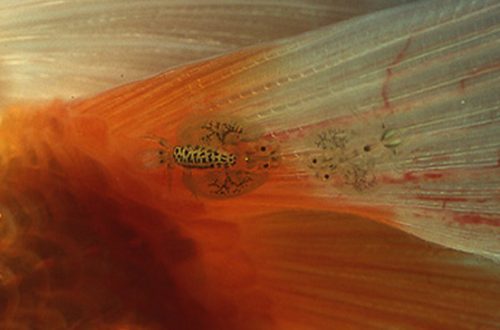
Dropsy (ascites)
Dropsy (ascites) – the disease got its name from the characteristic swelling of the belly of the fish, as if it were pumped with liquid from the inside. Dropsy is most often caused by a bacterial infection of the kidneys.
Violation of the kidneys leads to kidney failure and, as a result, violations of the exchange of fluids in the body of the fish. Fluid builds up in the fish and causes it to bloat.
Symptoms:
Bloating of the belly, from which the scales begin to bristle. Associated symptoms are lethargy, loss of color, rapid movement of the gills, and ulcers may appear.
Causes of the disease:
Reduced immunity and subsequent bacterial infection (disease-causing bacteria are constantly present in the water) due to poor water quality or unsuitable housing conditions. Also, constant stress, poor nutrition, old age can act as causes.
Disease Prevention:
Keep the fish in suitable conditions and reduce stress to a minimum (aggressive neighbors, lack of shelters, etc.). If nothing depresses the fish, then its body copes with pathogens perfectly.
Treatment:
The first is to provide the right conditions. Treat dropsy with antibiotics, which are fed along with the feed. One of the effective antibiotics is chloramphenicol, sold in pharmacies, the odds of release are tablets and capsules. It is recommended to use 250 mg capsules. Mix the contents of 1 capsule with 25 gr. feed (it is desirable to use feed in the form of small flakes). Prepared food should be given to fish (fish) as usual until the symptoms of the disease disappear.
If the fish eats frozen or chopped food, the same proportions should be used (1 capsule per 25 g of food).
In other cases, when the medicine cannot be mixed with food, for example, the fish eats live food, the contents of the capsule should be dissolved directly into water at the rate of 10 mg per 1 liter of water.





